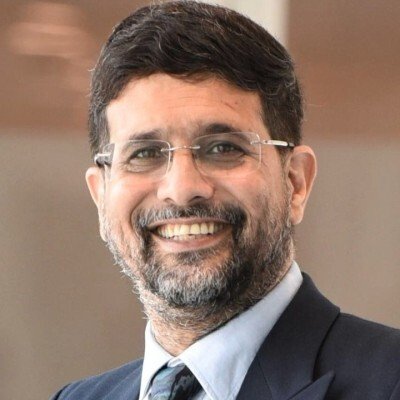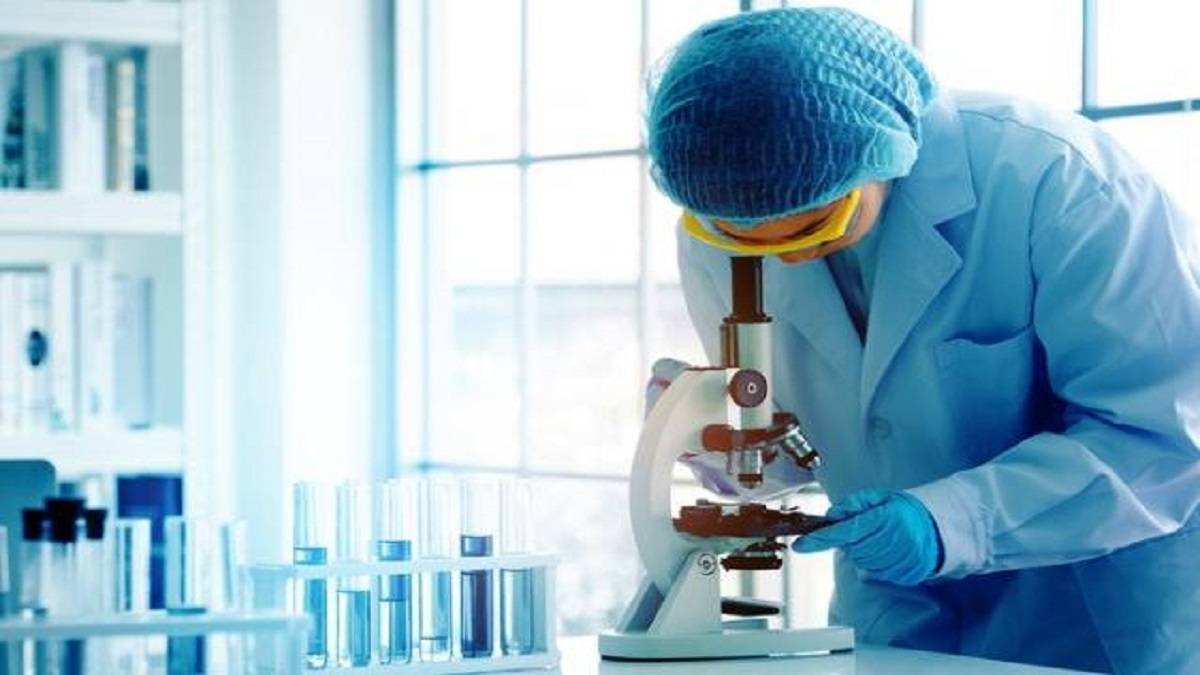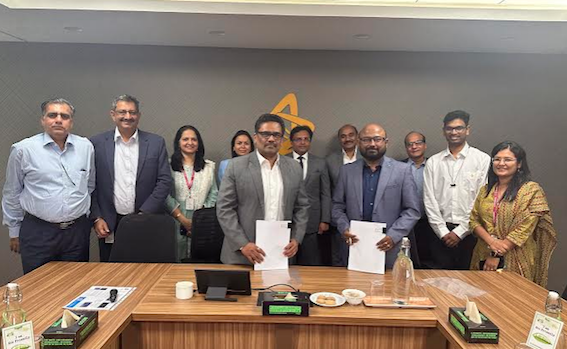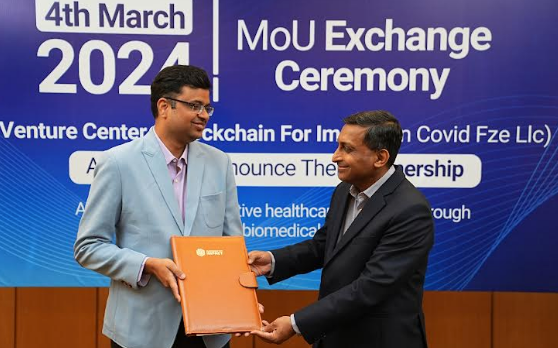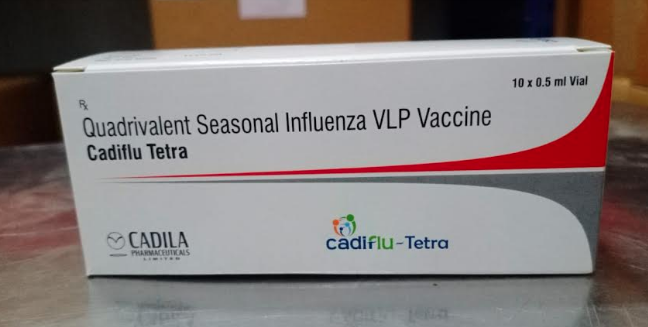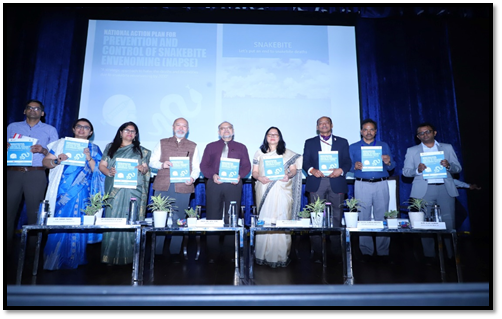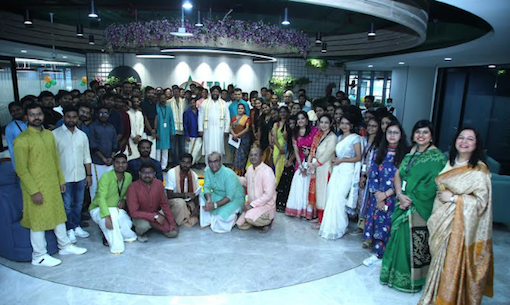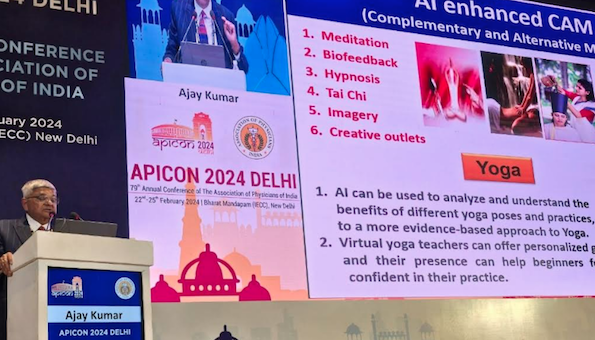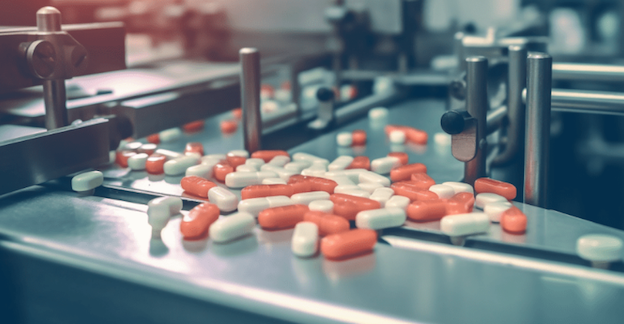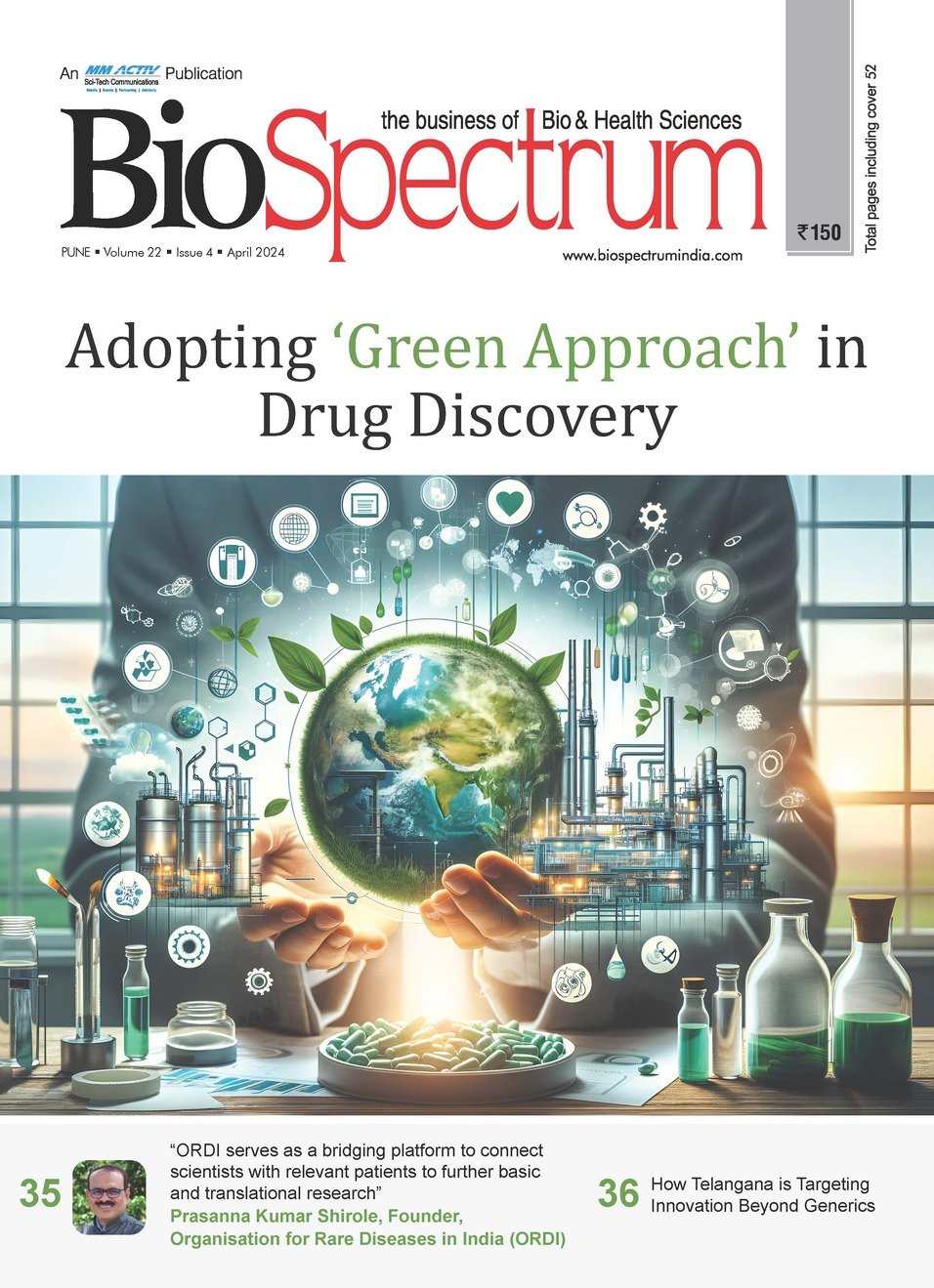Make in India policy has given a special impetus to the growth of the biotech sector
08 November 2016 | Interviews | By BioSpectrum Bureau
Make in India policy has given a special impetus to the growth of the biotech sector

Does the growth of biotech industry in recent years match up to your forecast? How does the future of biotech in this country look?
India has today emerged has the fastest growing large economy in 2015 and looks forward to a growth of 8-10 percent during the next decade. The biotechnology industry has grown at a CAGR of 20 percent and in the next decade, we expect this to rise to 30 percent to achieve the ambitious target of USD100 billion by 2025. The Indian biotech industry is today geared up to meet the various challenges, and the government's Make in India and Start-up India missions are contributing greatly to this. The Make in India mission aims to increase growth in the manufacturing sector by 12-14 percent and create 100 million additional jobs by 2022. Biotechnology is one of the key identified growth sectors.
Critics from the industry feel that the regulatory regime is a big dampener. Do you see any change in the scenario over time?
Regulation is an important component contributing to the biotechnology sector. In the last two years, special effort has been made to ensure that the regulatory system is made more transparent and is at par with global best practices. Technically, the regulator has been strengthened and all effort has been made to reduce the timeline for decision making.
Three years ago DBT had said that diagnostics will be the next big focus of DBT. What are the steps taken in that direction? Which are the other priority areas?
The medical devices and diagnostics sector is one of the key sectors identified for the growth of the biotech industry. The medical technology industry in India is currently the fourth largest in Asia and is growing at 10-12 percent annually. My ministry is giving a special focus to this sector and we hope that India will be able to capture at least 10 percent of the global share by 2025.
The Department of Biotechnology has promoted this sector by supporting various programmes, which has resulted in affordable products of societal and public health relevance. This area has seen a large number of successful scientists, entrepreneurs and young start-ups building their own enterprises. The complete value chain from product innovation to commercialization has been facilitated and today we have about 40 medical devices and diagnostics, some of which have received USFDA clearances.
What are your views on the government's Make in India policy? How is the private sector, specially biotech companies, responding to this?
As mentioned above, the Make in India policy has given a special impetus to the growth of the biotech sector. Because of the focus by the government there has been a special emphasis on facilitating investment, fostering innovations ease of doing business. The private sector has responded very positively. In the recent budget 2016-17, a number of announcements have been made which have been important to promote this sector, such as service tax exemption to all BIRAC incubators, special incentives for indigenous IP protection under patent box, investment opportunities for startup etc.
Are you satisfied with the outcome on various projects for boosting R&D and PPP in biotech industry? How do you view relevance of bioclusters for the future?
The effort made by the government to promote R&D and PPP in the biotech industry over the last few years is paying a rich dividend. The Department of Biotechnology and its Public Sector - Biotechnology Industry Research Assistance Council (BIRAC) have provided a special fillip and today we have more than 500 SMEs, startups and entrepreneurs that have been supported through more than 600 projects and government investment of USD 250 million. Nearly 50 affordable products and technologies and more than 100 new intellectual properties have been generated.
I am confident that we will see more industry-academia partnership and translational research taken forward. We already have three bioclusters set up in Bangalore, Mohali and Faridabad and two more are being developed. This cluster approach is very important to connect the academic research institutes, industries and entrepreneurs and provide the critical ecosystem required for translational research.
Given the deadlock on BT crops in the country, what according to you are the steps required to create awareness and connect with the common man on the issue?
There is no deadlock on biotech crops. There are many crops in the regulatory pipeline undergoing different stages of field trials and biosafety tests under the supervision of the regulatory framework. These crops are new insect resistant cotton, chickpea, pigeonpea and brinjal, drought tolerant sugarcane etc.
More than awareness to the common man, the challenge is to deal with some fringe groups of people who are giving misinformation to the public. Therefore, a new biosafety website is being launched for increased access to information and transparency. Workshops are also being conducted at state and university level from time to time for the purpose. Reading material on technology benefits and risk has been printed in several languages and distributed.
On the GM crops issue, things are stuck due to regulation. Coordination between center and states is lacking too...
India has been the pioneer in notifying rules under the Environmental Protection Act 1986, for regulation of research, manufacture, use/import/export and storage of hazardous micro organisms/ genetically engineered organisms or cells. These rules provided a clear regulatory approval process each at the level - Institution, State Governments, and at Central Government - to address scientific risk assessment in the Ministry of Science and Technology and accord final approval for environment release in the Ministry of Environment and Forestry. Interestingly, the rules also included the constitution of an independent rDNA Advisory Committee of multidisciplinary experts to advise on biosafey issues with emerging technologies. Several guidelines, SOPs for field trials, have been also published from time to time through a consultative process in harmony with international best practices.
In the last two years, there have been many reforms in regulations. Firstly, all the committees are meeting at regular intervals unlike in the past. A multidisciplinary risk assessment unit has been established for scrutiny and evaluation of biosafety data; it supports the statutory committees such as GEAC and RCGM functioning under Environmental Protection Act. Risk assessment, management and communication methodologies and protocols have been harmonized with best international practices.
Yes, some state governments are reluctant to provide permission for conduct of biosafety research field trials approved by central government. Dialogue and discussion with states are being taken up along with sharing of technological and biosafety information. The results of these efforts have been positive.
After allowing tests for GM mustard, which are the other crops considered for GM?
There are many crops in the regulatory pipeline undergoing different stages of field trials and biosafety tests under the supervision of the regulatory framework. These crops are new insect resistant cotton, chickpea, pigeonpea and brinjal, drought tolerant sugarcane and salt tolerant rice, herbicide resistant cotton and corn etc.
What about the arguments about choosing certain crops of interest for transgenics? Will it have a demoralizing effect for the industry in the long run and where does it lead us?
Make in India campaign has pitched India as a potential investment destination for genetically modified (GM) crops. Hybrid seeds, including GM seeds, represent new business opportunities in India based on yield improvement. Indian laboratories have enormous capacity to generate indigenous GM crops needed for the country.
As a policy, there is no restriction in choosing the crops and traits. Since the development of GM crops takes a long time and there is sizable activism to delay commercial use , it is desirable that investment decisions in using this technology in a particular crop for a particular purpose are made appropriately considering other easier and affordable technological options.
What about the Medtech industry? There was a proposal to set up a few Medtech parks in the country. What is the status?
As mentioned above, Medical Technology is an important sector and the Department of Biotechnology (DBT) and Biotechnology Industry Research Assistance Council (BIRAC) have made special effort to promote it.
Biodesign programme is one of the examples of inclusive medical technology innovation. This is based on a novel approach of end-to-end process that begins with idea generation through clinical immersion up to commercialization by a multi-disciplinary team comprising of a physician, engineer, product designer, and an entrepreneur. The objective of this programme is to train the next generation of medical technology innovators who will in turn focus on invention and early stage development of low cost new medical technologies for the Indian population. The aim is to develop simple, rapid, indigenous, low cost medical devices and implants by applying four components - affordability, accessibility, availability and appropriateness.
Under this initiative, several indigenous technologies have been developed to address unmet medical needs of India. As an outcome, more than 100 innovators have been trained. Several national and international patents have been filed. Various prototypes have been developed. Some of the Fellows of this programme have established their start-up companies for further refining, testing, validating and converting the prototypes into the products. Thirteen technologies have been licensed and nine start-up companies launched.
The Department has also established the Healthcare Technology Innovation Centre (HTIC) at IIT-Madras. This Centre is delivering innovations and technologies that are reaching the field through government and industry partnerships, bringing benefits to lives and our society.
Nearly 100 young entrepreneurs have been supported for Medtech Innovation and more than 10 Medtech Products (devices and diagnostics) supported by BIRAC have been commercialized.
How are you planning to use nanotechnology to help farmers of India?
Nanotechnology has major advantages for both healthcare and agriculture. We have supported key programmes on this sector. A Biotech KISAN Hub programme is being initiated which will target all agroclimatic zones and work towards translating new technologies for the advantage of farmers. Special programmes on precision agriculture are also being initiated.
You have announced research scholarships for researchers from ASEAN countries. How is the response? How it will help in strengthening relations with Asian countries regarding the biotech sector?
For the biotechnology sector, partnership with developed and developing countries is very important. ASEAN countries share a common vision for growth of biotech and India is a key leader amongst these countries. We hope that through such scholarships we will be able to encourage scientist-to-scientist interaction and also create an environment to facilitate collaborative research.






